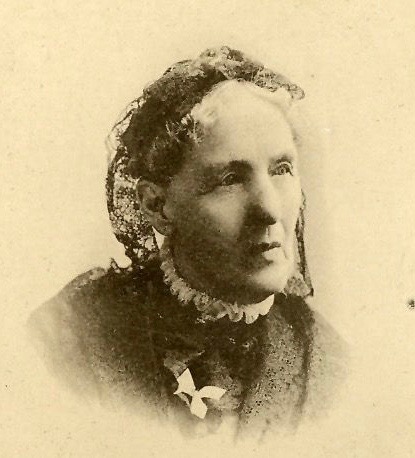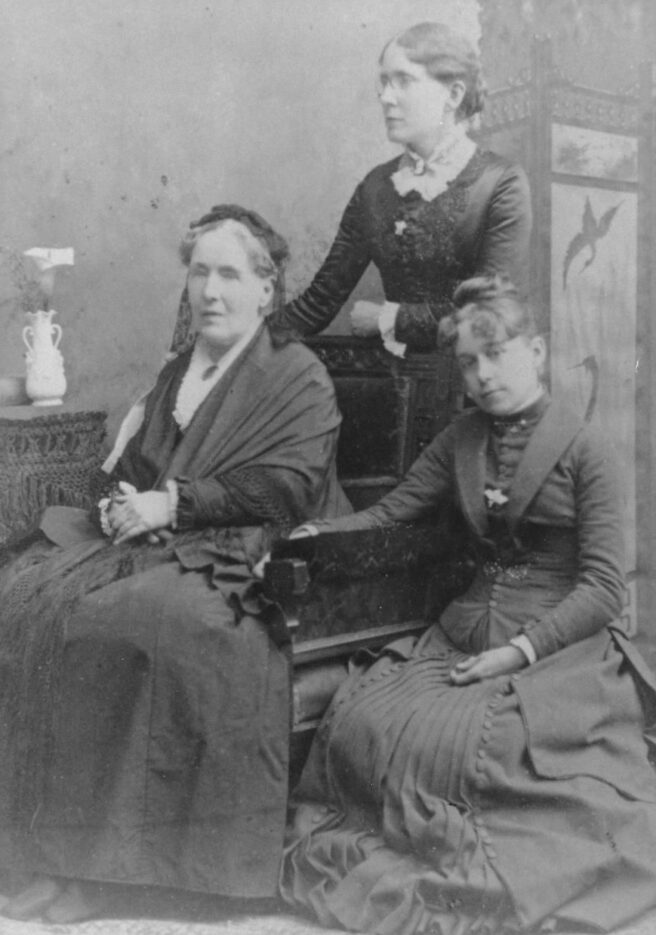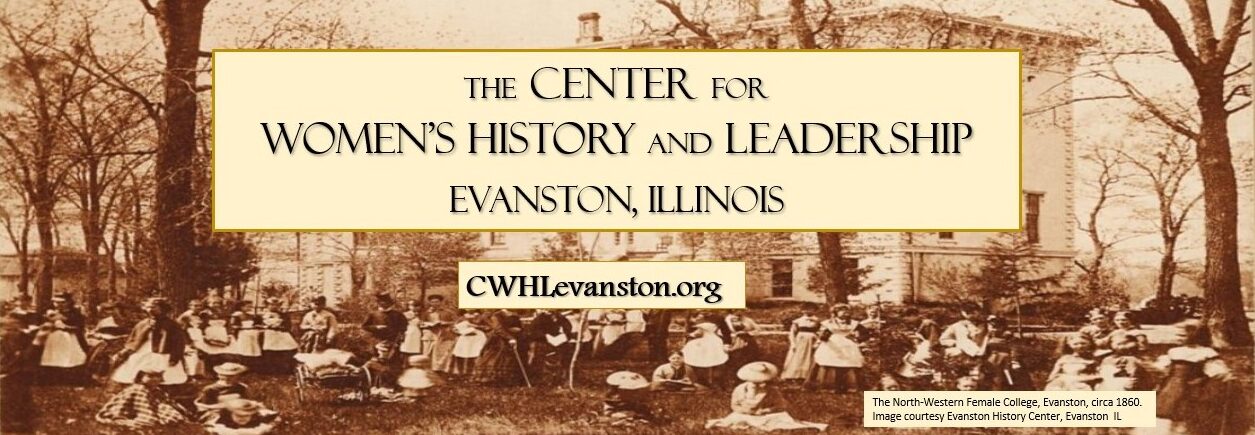By Fiona Maxwell
Director of Museum Operations and Communications, Frances Willard House Museum
History PhD candidate, University of Chicago
“If I have any special gift as a public worker, it is one I learned from my mother, that of developing the talents of others through warm appreciation and practical encouragement.”
–Frances Willard
Though known today as the Frances Willard House Museum, if you visited “Rest Cottage” during the late nineteenth century you would rarely have found Frances Willard at home. Most likely, you would have been welcomed by Frances’s mother, Mary Thompson Hill Willard. Frances Willard traced the origins of her approach to leadership – challenging gender constraints, making her voice heard in public, broadening women’s access to education, and organizing them for political change – to her mother’s foundational guidance and support.

Mary Thompson Hill possessed an unwavering commitment to educating herself and others. She taught school in upstate New York for eleven years, from the age of fifteen to twenty-six. Although her formal career ended when she married Josiah Willard, she continued to pursue and share her passion for knowledge. When Josiah enrolled in Oberlin College, Mary sought out and created her own educational opportunities. She hosted meetings for the wives of married students, was a “brilliant member of the Rhetorical Society, where her gifts of voice and pen were in demand,” and “studied and recited in college classes as home duties would allow.” The family’s removal to the Wisconsin territory replaced the “college atmosphere” of Oberlin with rural isolation and physical labor. But Mary recalled that she and Josiah “carried all we had learned with us, and gave it to our children.” In 1858 they returned to a college community, moving to Evanston so their daughters and son could pursue higher education. By 1871, her eldest daughter Frances assumed leadership of the local movement for women’s education as president of the new Evanston College for Ladies. Mary threw herself into the venture, serving on the Board of Trustees and providing housing for several students.
Mary Willard’s educational experiences and values led her to support Frances’s desire to challenge traditional gender roles. As Frances grew up, her parents discovered that she was “spirited, daring, ambitious, intellectual, with a love of outdoor sports,” and she expressed a wish to “shape her career with a view to action in the world’s arena.” Josiah attempted to “set bounds to this daughter’s ambition” and urged “the acceptance of a woman’s domestic duties.” But Mary recognized that her daughter’s talents led “irresistibly in other directions.” She encouraged Frances’s “unfeminine” interests, joining in her “sports” and imaginary games. This willingness to embrace her daughter’s ideas and decisions continued into adulthood. When Frances joined the temperance movement, Mary went along with the “experiment” even when it “reduced both to discomfort and temporary poverty.” Without her mother’s encouragement, Frances would not have become an orator. Although Mary had been raised in an era in which women were largely barred from speaking in public, she possessed “matchless powers of conversation” and storytelling, and she engaged her children in “stimulating” discussions to help them increase their powers of speech and argumentation. When Frances was first invited to give a public lecture in Chicago, “then a most unusual occurrence in the life of any woman,” she received from her mother the “unhesitating advice” to “enter every open door.”
Once Frances rose to international prominence and was called away from Evanston for extended periods, Mary found her own ways to contribute. As the home of one of the most prominent women of the time, Rest Cottage attracted countless visitors from around the world. Mary welcomed them all. She became the first Willard House archivist, “clipping and classifying” articles about her daughter’s work from hundreds of newspapers and periodicals and creating scrapbooks that became “a library in themselves.” She pursued active WCTU organizing by serving as the president of the local Evanston union and speaking at national conventions. In her spare time, she returned to her origins as a teacher, organizing classes for her young Swedish housemaid and her immigrant friends in English, history, math, and science.
The story of the Willard House is in part the story of a remarkable partnership between mother and daughter. Frances Willard’s professional life was constantly busy and often stressful. It was her mother’s “calm pulse” that helped her weather “both victories and defeats.” As Frances became a mentor and role model for a generation of women, she found in her mother “the inspiration, not of girlhood only but of a whole lifetime.”

You can learn more about Mary Thompson Hill Willard by reading Frances Willard’s book, A Great Mother: Sketches of Madam Willard (1894), which is available for free online here.
